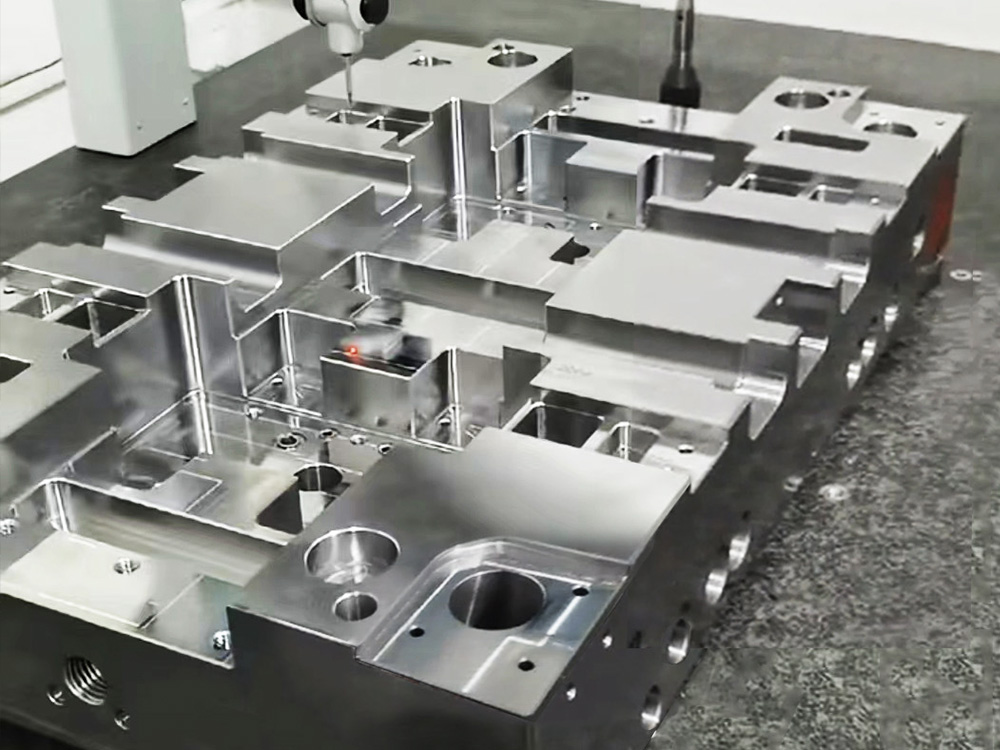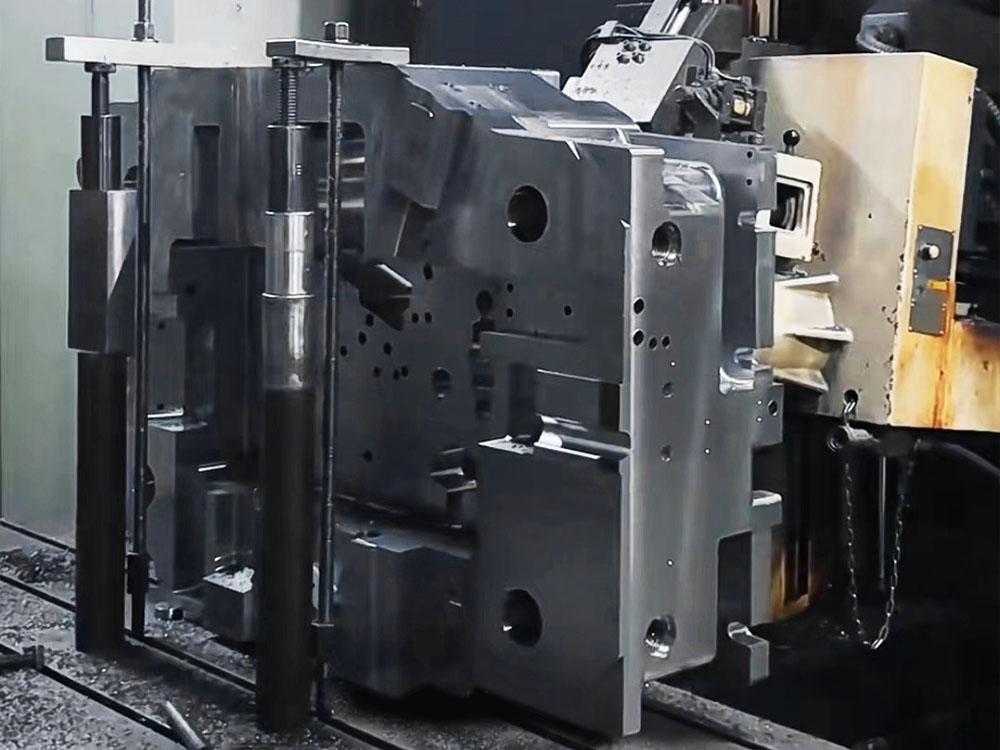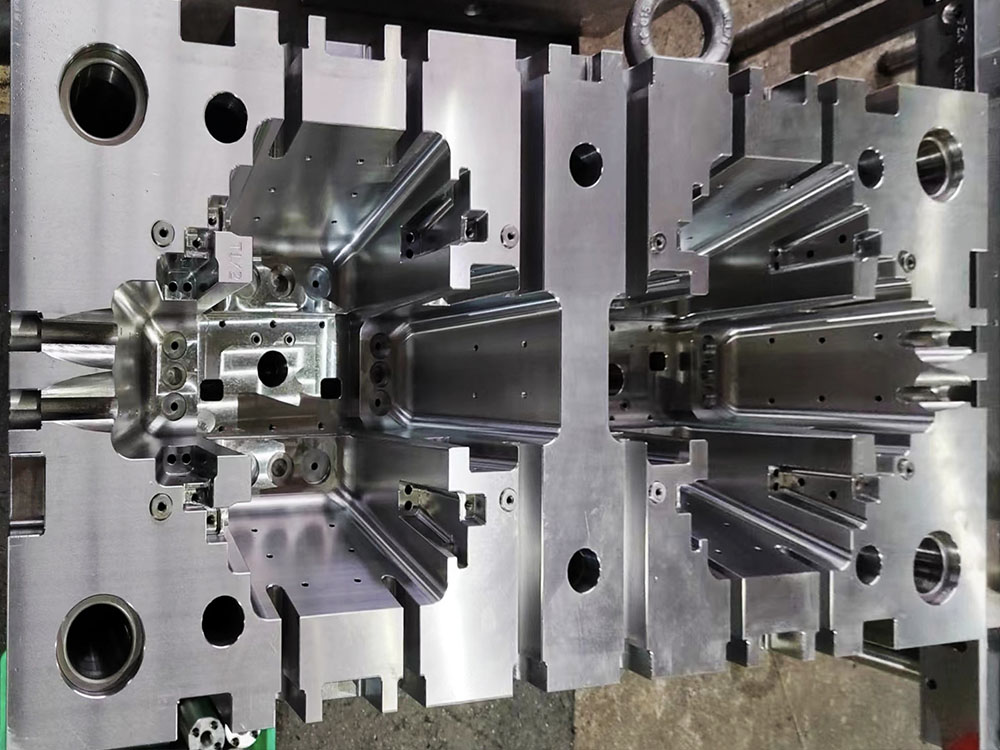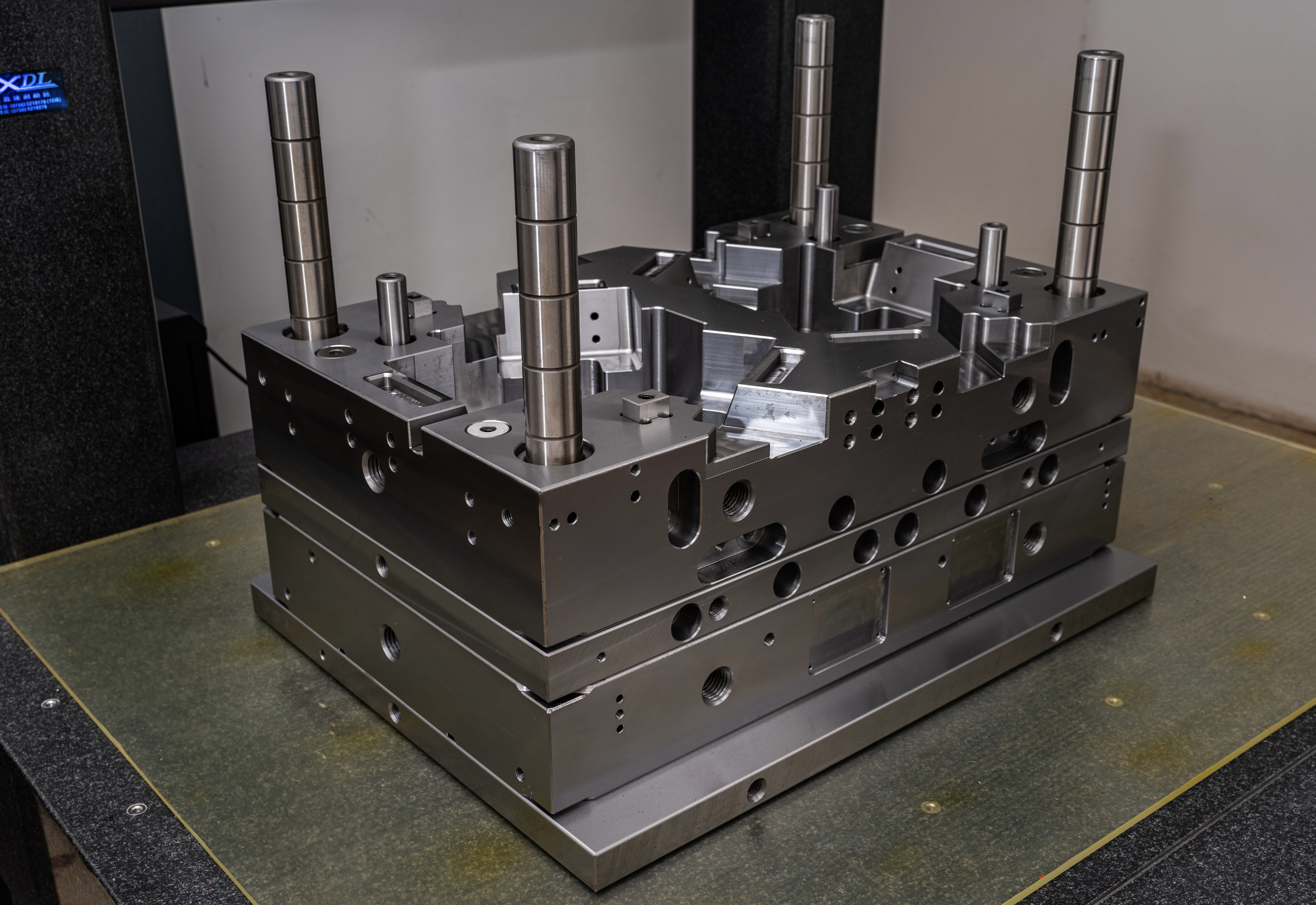How to Adjust the Coordinate System in EMX for Accurate Exporting in the Mold Base Industry
The mold base industry heavily relies on accurate exporting to ensure the production of high-quality molds. In order to achieve precision and consistency, it is crucial to adjust the coordinate system in EMX, a widely used software in the mold base industry. This article will guide you through the process of adjusting the coordinate system step by step, ensuring accurate exporting and efficient mold base production.
Step 1: Understanding the Importance of Coordinate System Adjustment
The coordinate system serves as the reference point for all the designs and machining operations in EMX. Proper adjustment of the coordinate system ensures that the mold base fits seamlessly with other components, such as inserts, cavities, and ejector pins. It also ensures that the dimensions and positions of the mold base are aligned with the designs provided by the customer. Failing to correctly adjust the coordinate system can lead to inaccuracies in the mold base, resulting in rework, delays, and increased cost.
Step 2: Launching EMX and Accessing the Coordinate System Settings
Launch EMX on your computer and open the project for the mold base you are working on. Once the project is open, navigate to the "Settings" tab and select the option for "Coordinate System Adjustment."
Step 3: Selecting the Reference Point
The first step in adjusting the coordinate system is selecting the reference point. This reference point serves as the origin of the coordinate system, and all subsequent dimensions and positions will be calculated relative to this point. Choose a point that is easily identifiable and representative of the mold base design.
Step 4: Aligning the Axes
After selecting the reference point, the next step is to align the coordinate system axes with the corresponding mold base axes. This step ensures that the X, Y, and Z axes in the software correspond to the real-world dimensions of the mold base. Measure the dimensions of the mold base using precise tools and enter these values into the software accordingly. Make sure to align the X-axis with the length, the Y-axis with the width, and the Z-axis with the height of the mold base.
Step 5: Configuring Tolerances
Configuring tolerances is an essential step in adjusting the coordinate system. Tolerances define the acceptable variations in dimensions and positions. It is recommended to consult with the customer or refer to the project specifications to determine the tolerances for the mold base. Enter these tolerances into the software to ensure accurate exporting.
Step 6: Verifying the Adjustments
Before proceeding with the mold base production, it is crucial to verify the adjustments made to the coordinate system. Run a simulation or check the software's measurement tools to verify that the dimensions and positions align with the designs and specifications. This step ensures that any potential discrepancies are identified and corrected before the mold base is manufactured.
Conclusion
Adjusting the coordinate system in EMX is a critical step in the mold base industry to ensure accurate exporting and efficient production. By following the steps outlined in this article, you can confidently adjust the coordinate system, align the axes, configure tolerances, and verify the adjustments. Implementing these practices will result in high-quality mold bases that meet customer expectations and industry standards.




